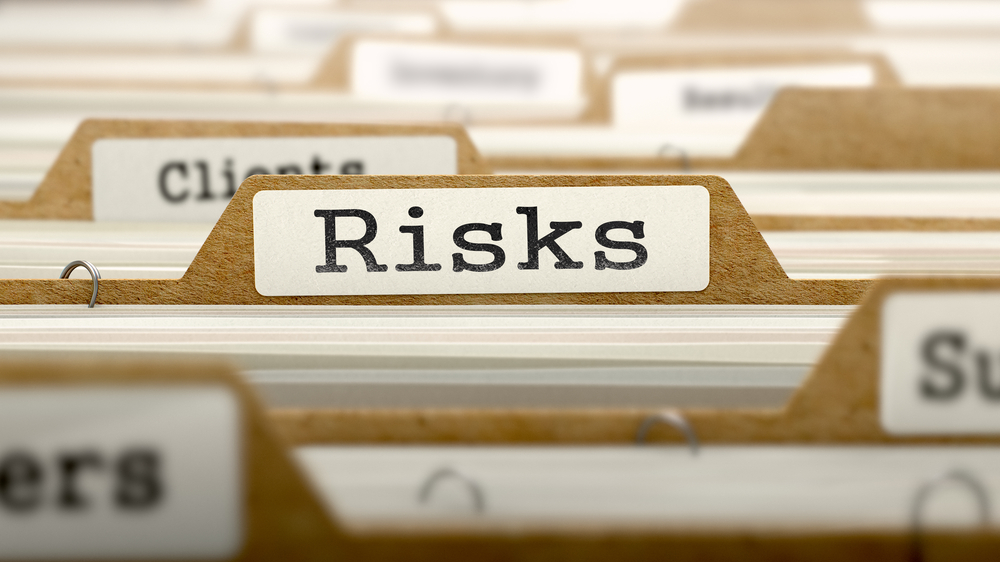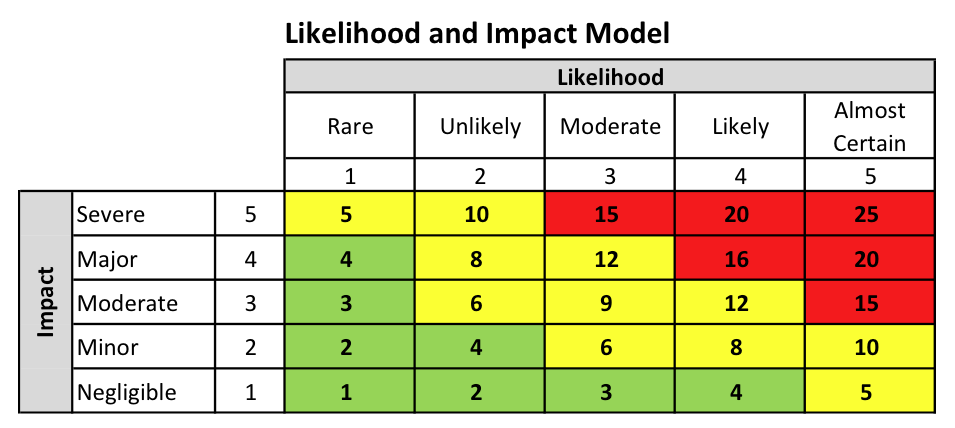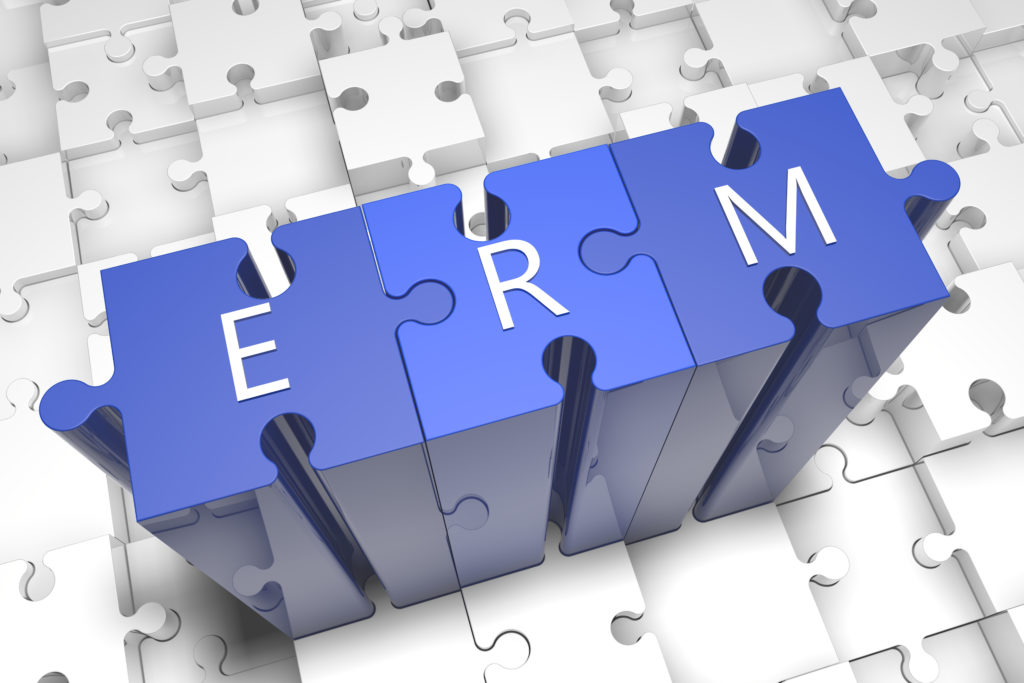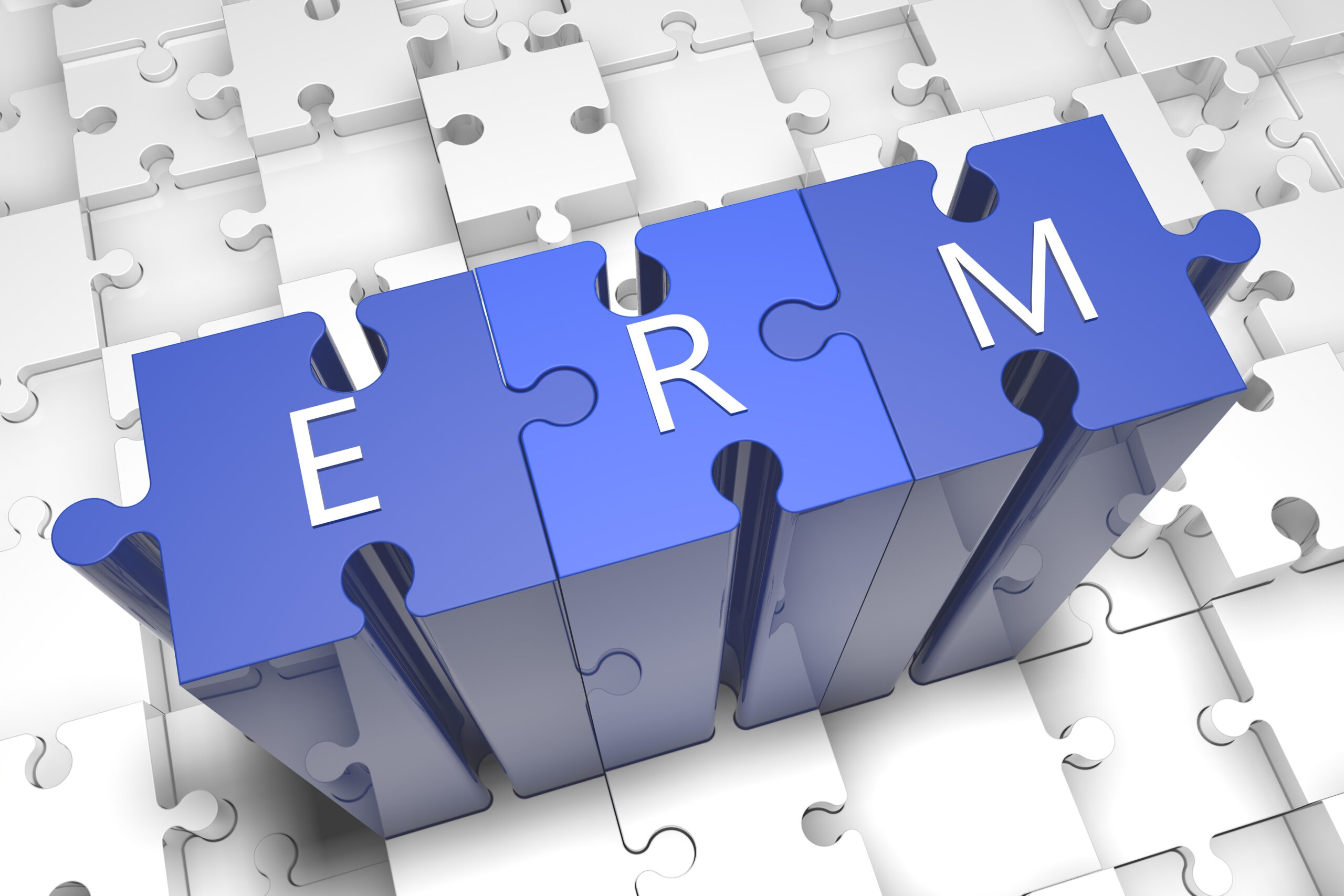
Contracts TCoR and ERM – How They Go Together
In the last chapter of our series, we introduced the concept of using a risk register and a materiality table to qualify and quantify risk exposures. Building on that foundation, this chapter focuses on how these tools can influence the Risk & Contract Review process. While, it may seem unconventional, to take a formal risk-based approach to contract reviews, doing so adds tremendous value by systematically identifying and addressing potential risks before contract execution. Before the advent of modern technology, organizations often relied on a “buck slip” process for document circulation and approval. A document would move from one manager to the next, gathering signatures as each reviewed and approved










